site search
online catalog
1810 DATED US M1795 SPRINGFIELD SHIP’S MUSKET MARKED TO U.S.S. JAVA

Hover to zoom

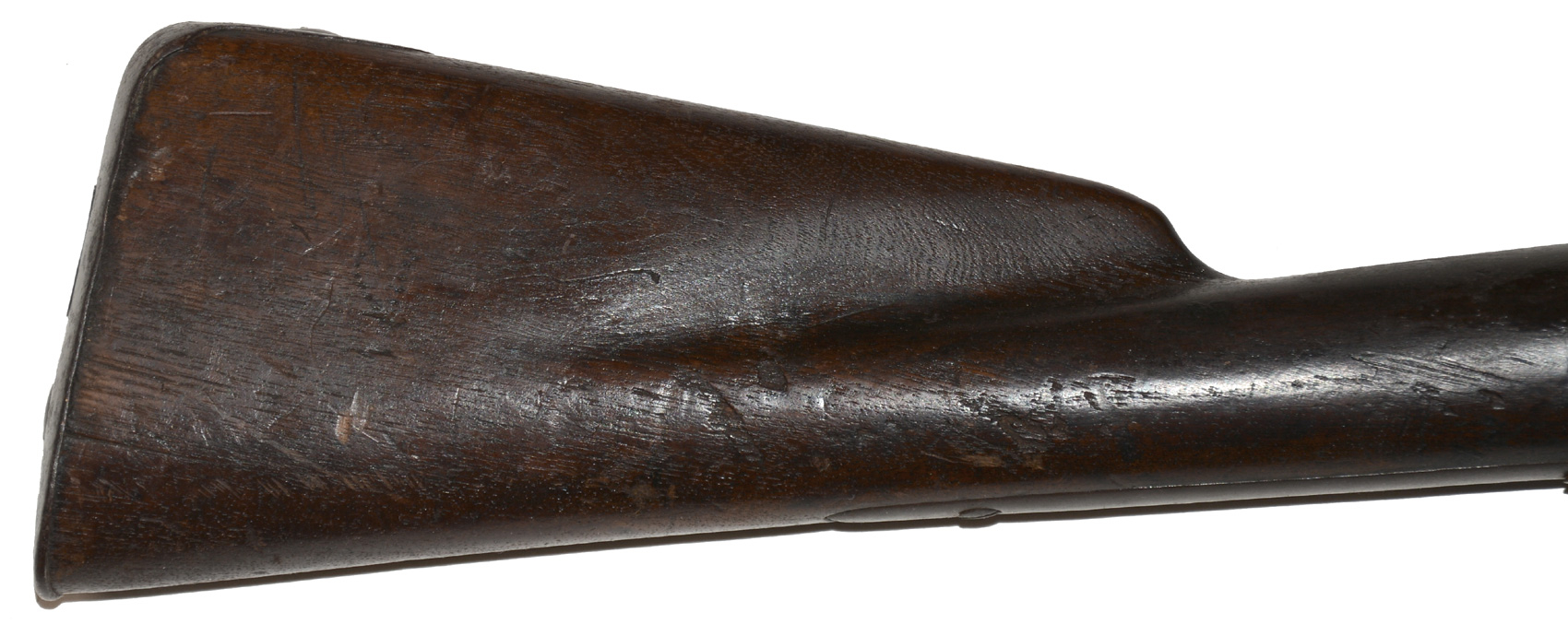


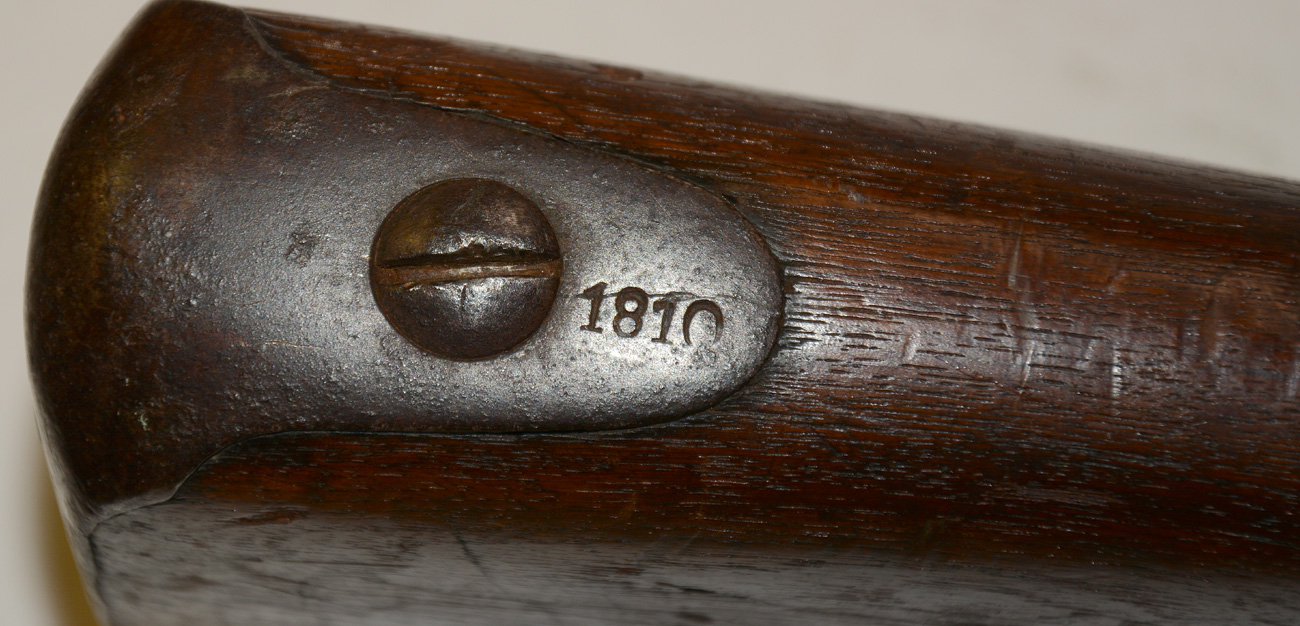
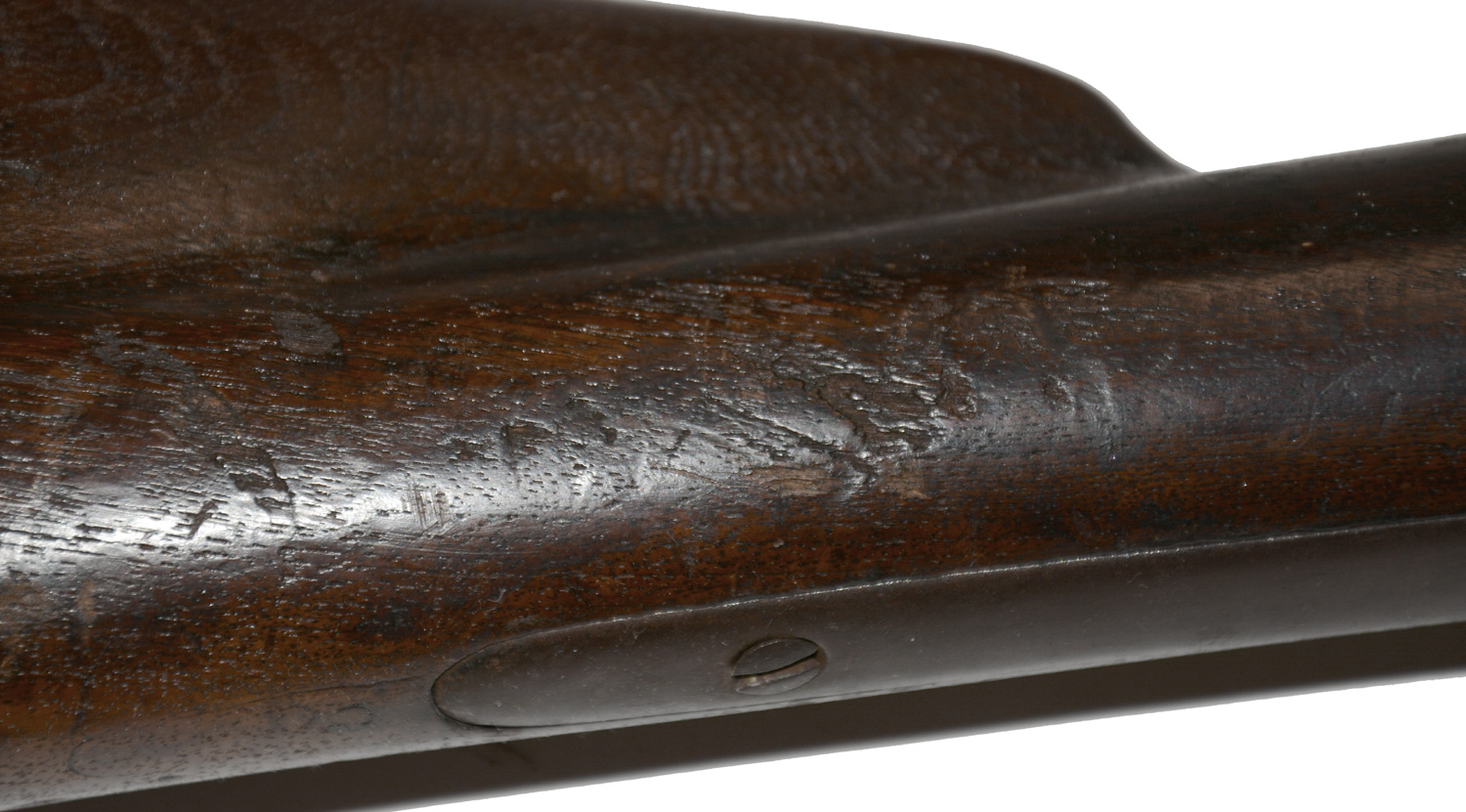
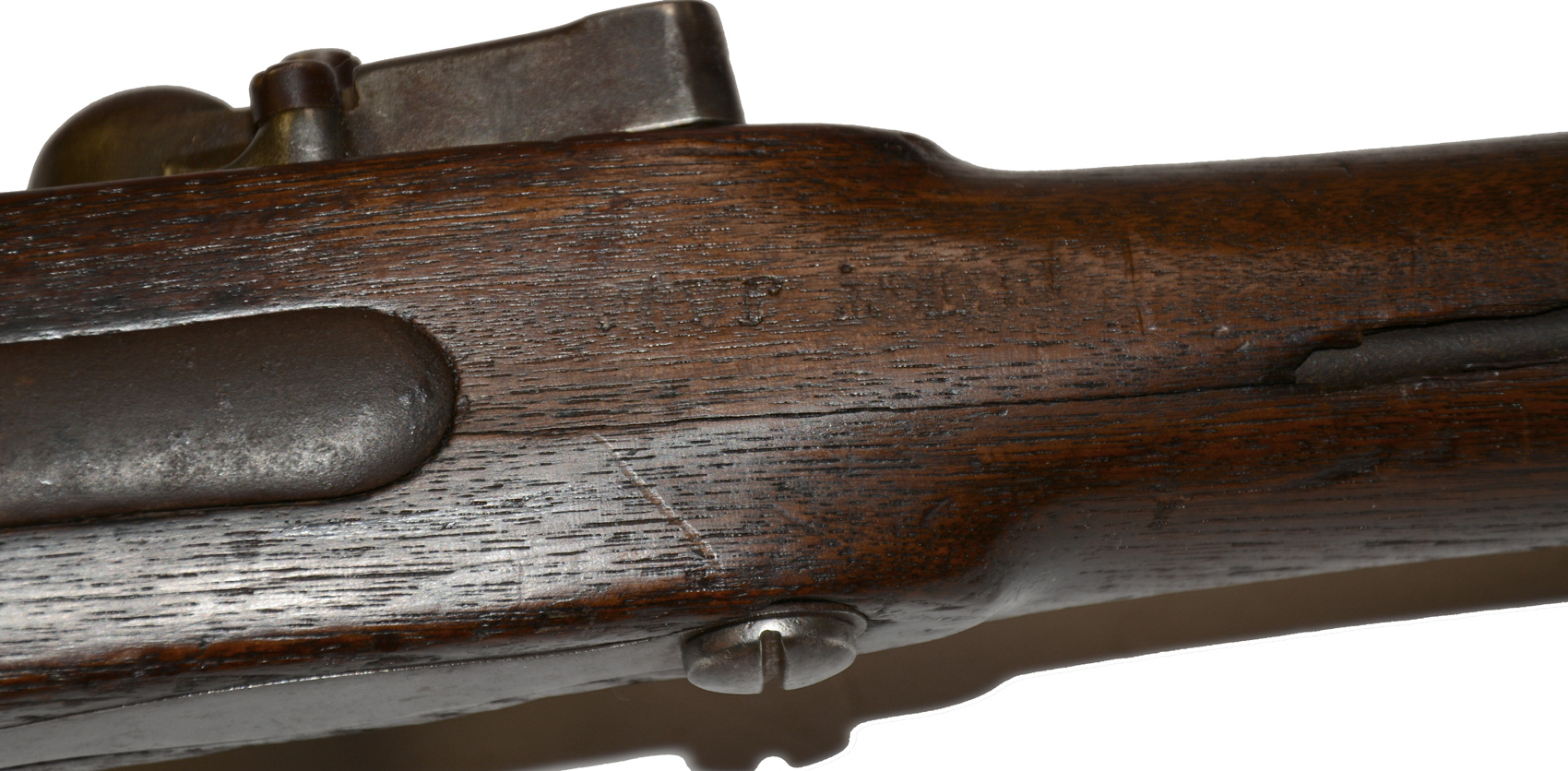
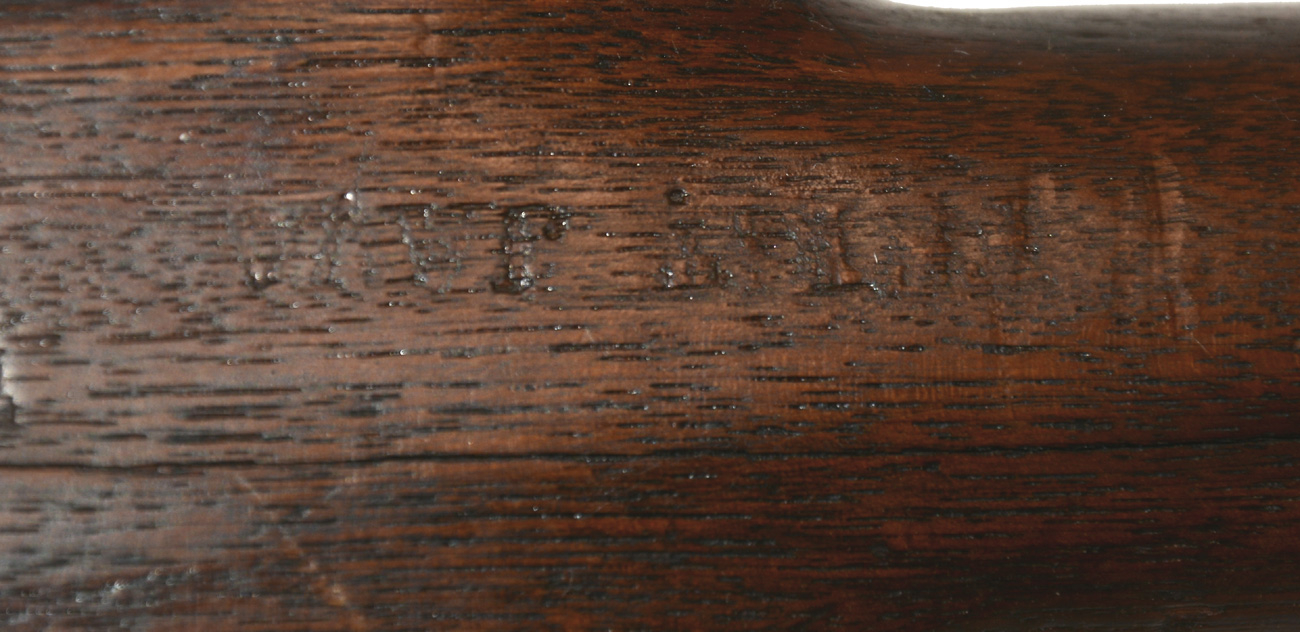
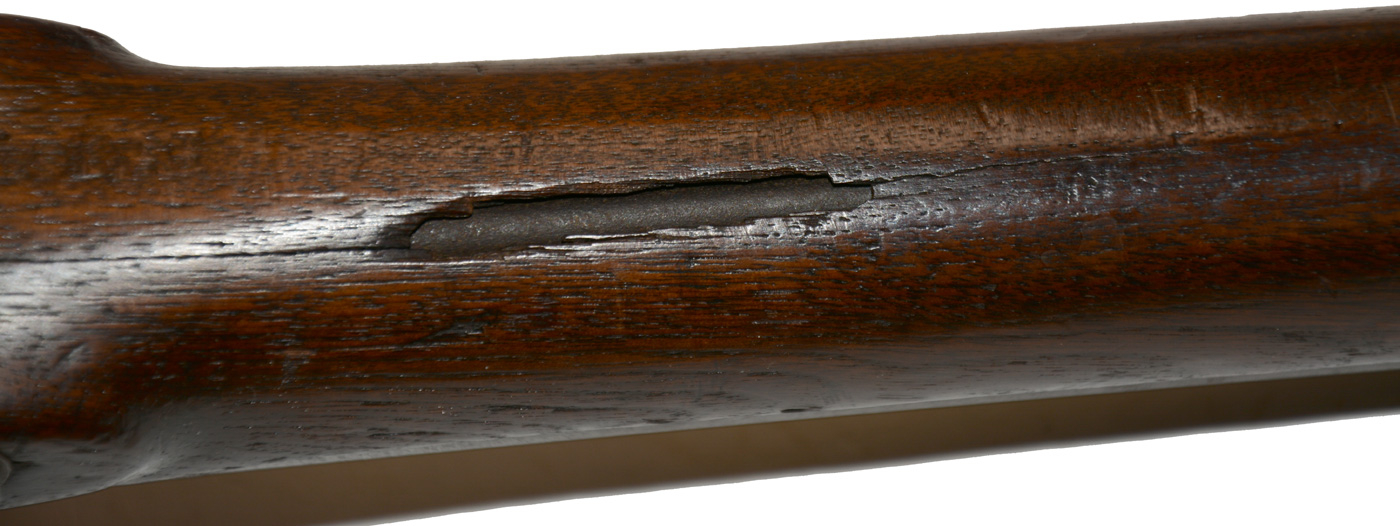
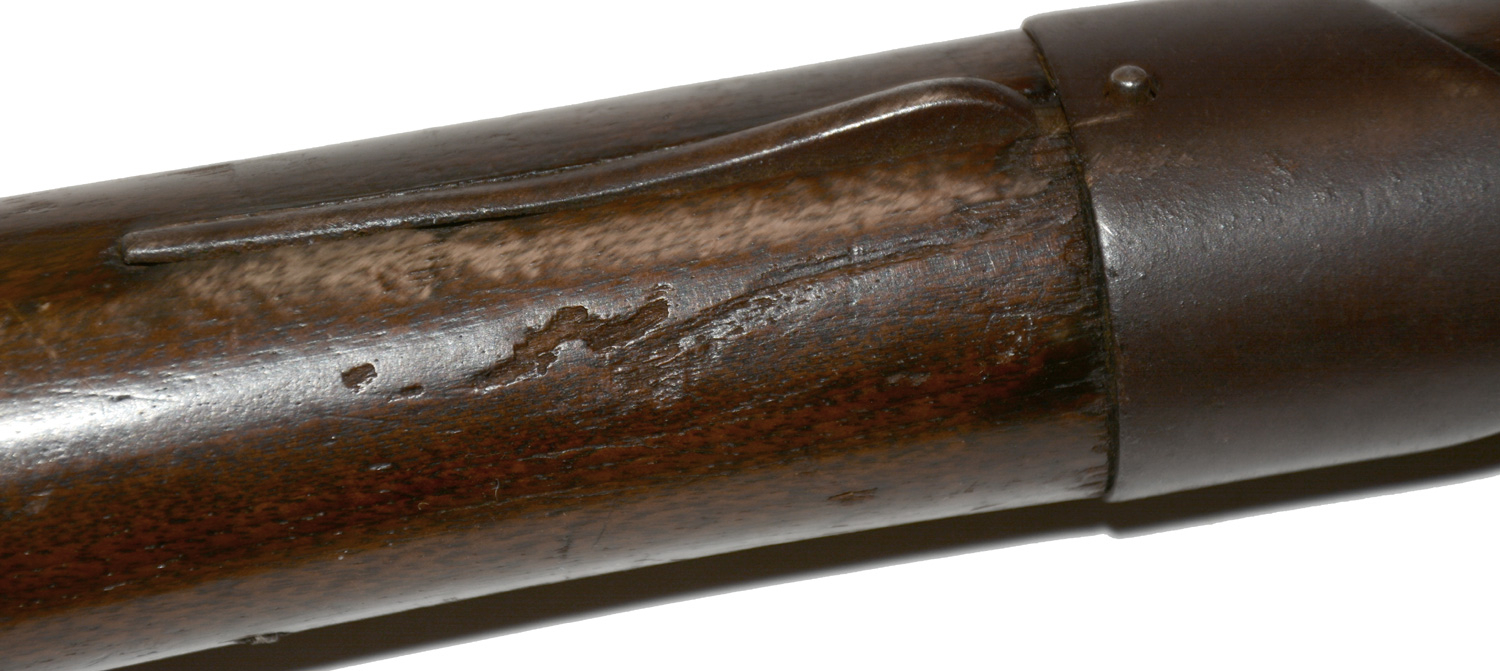
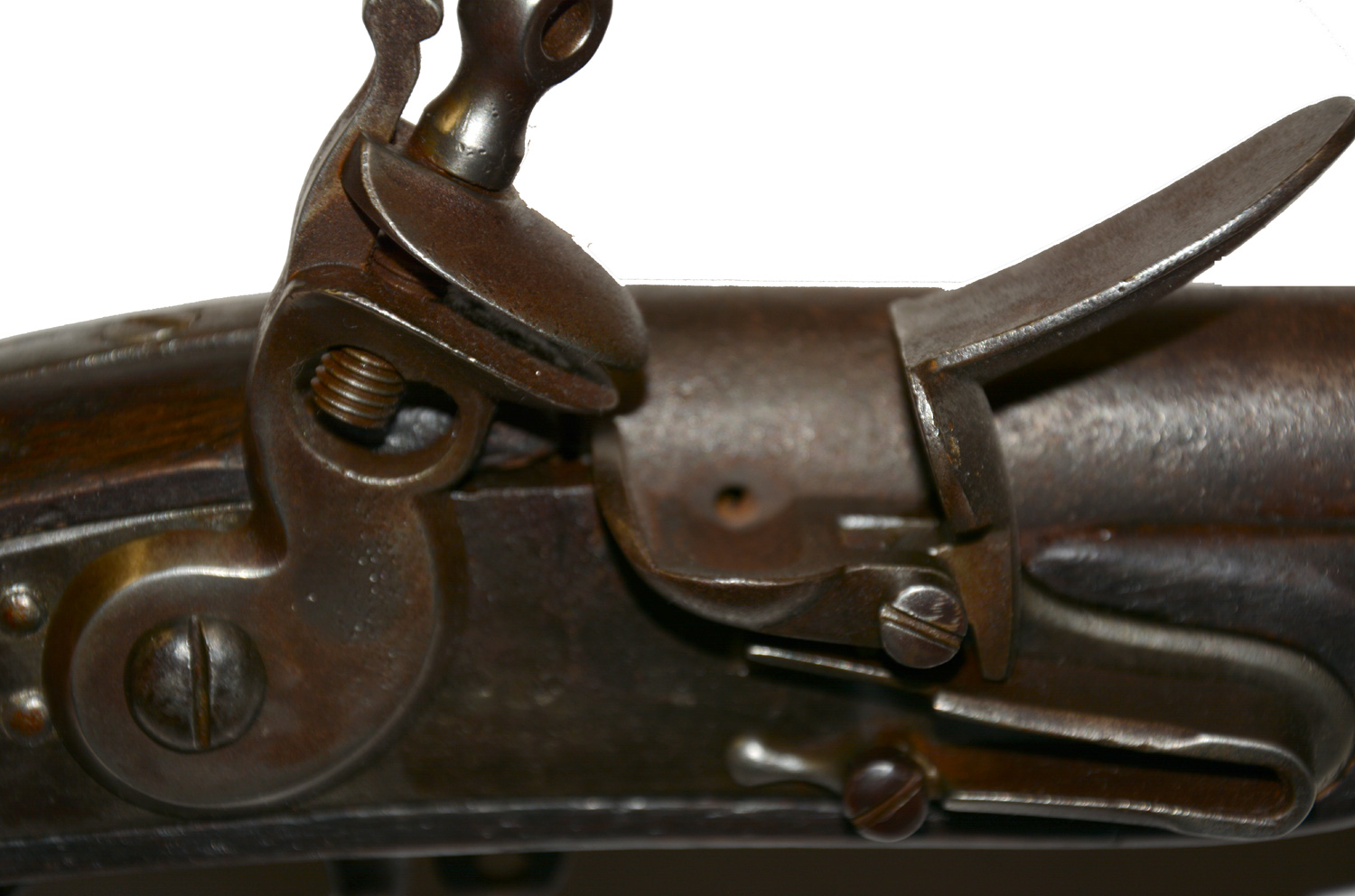
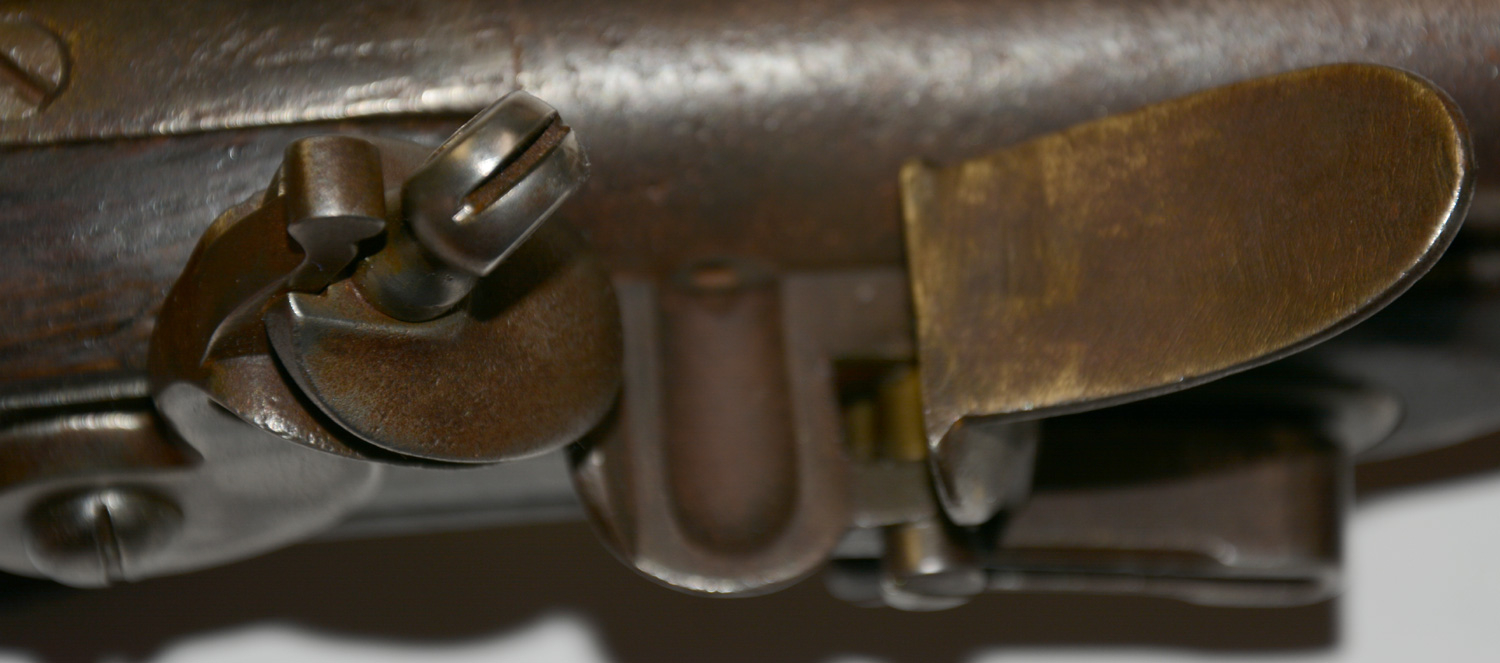
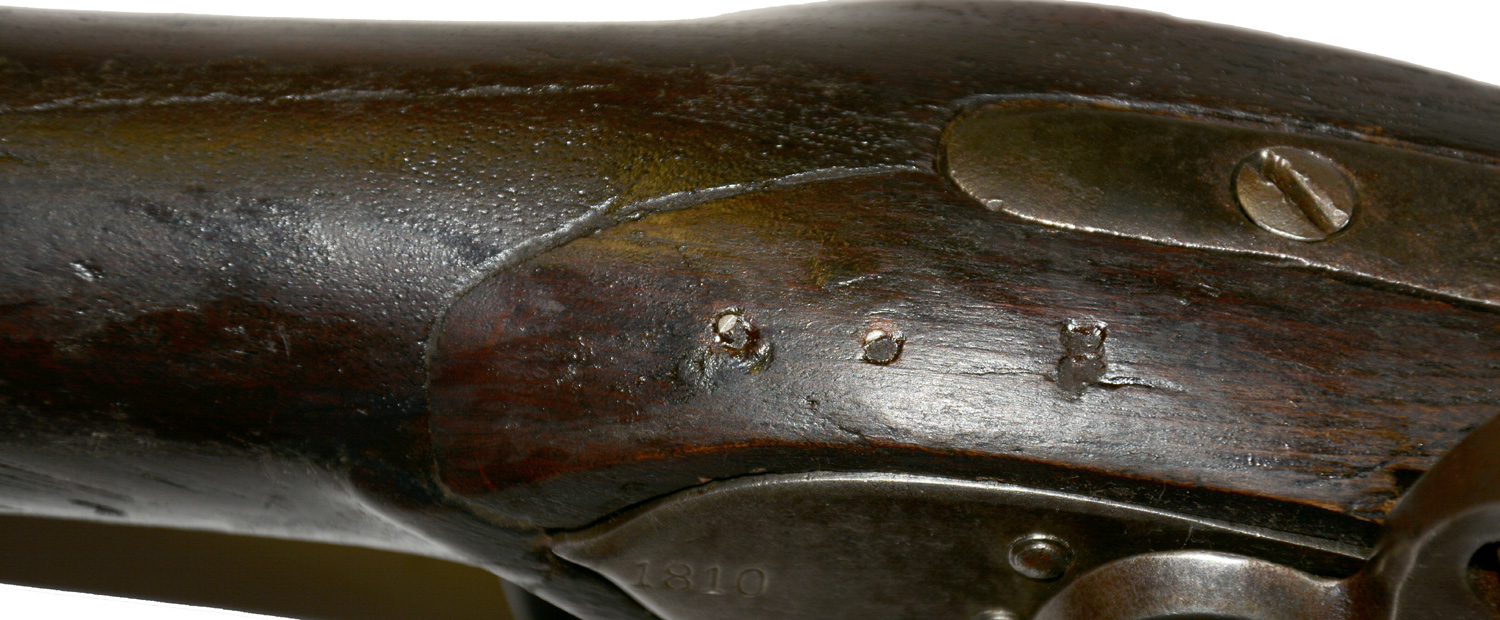
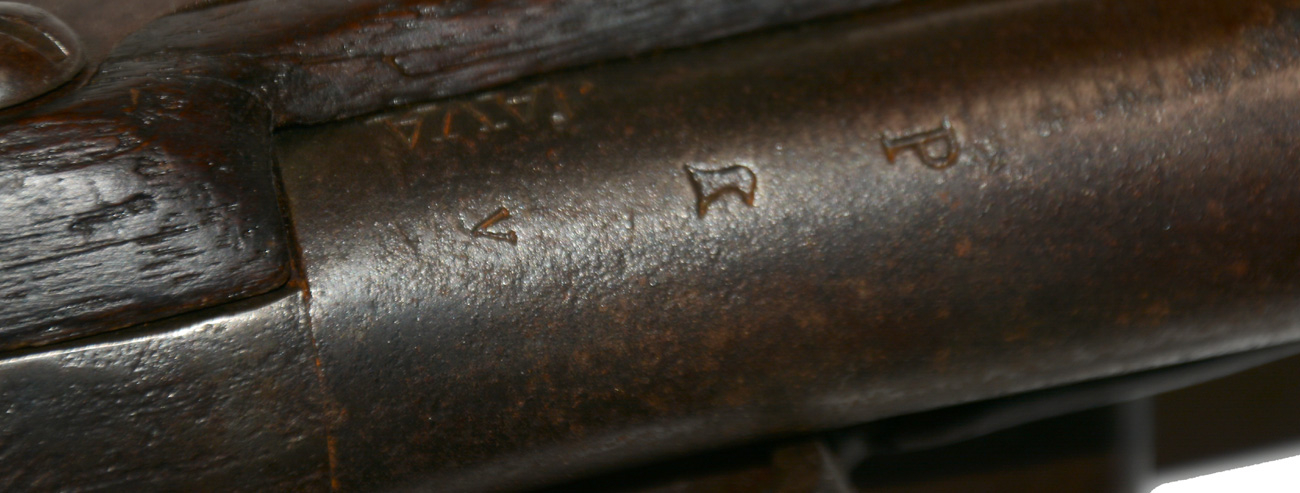
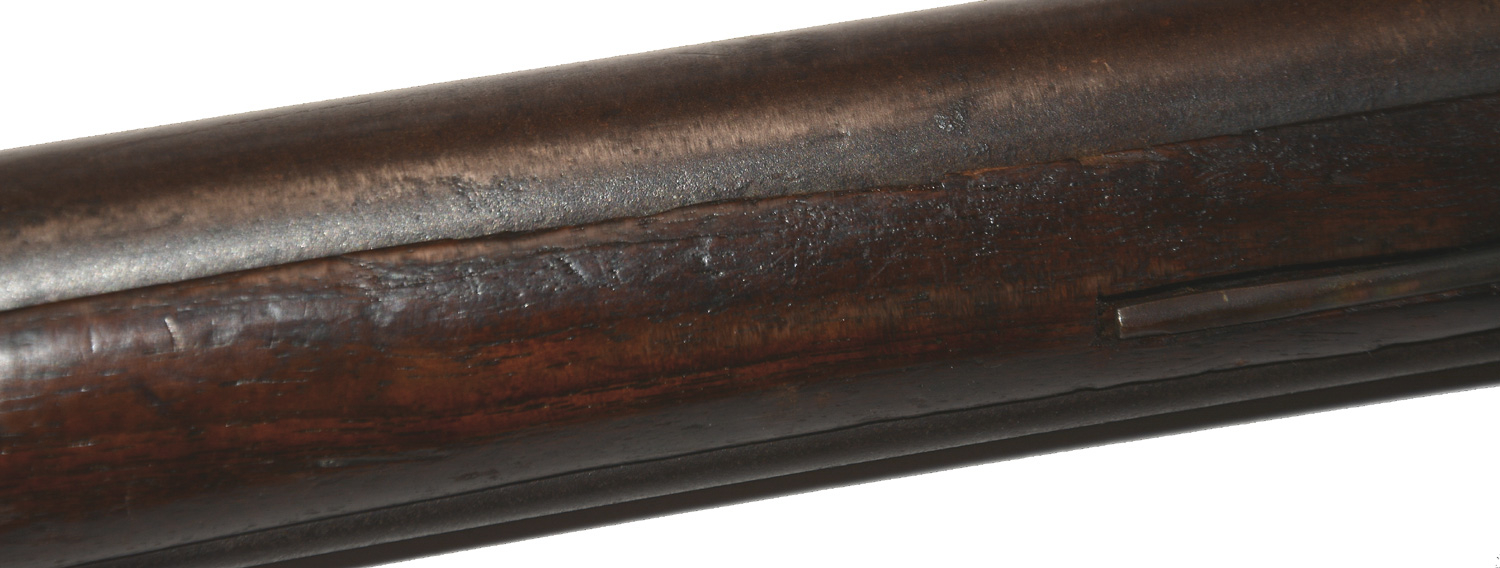
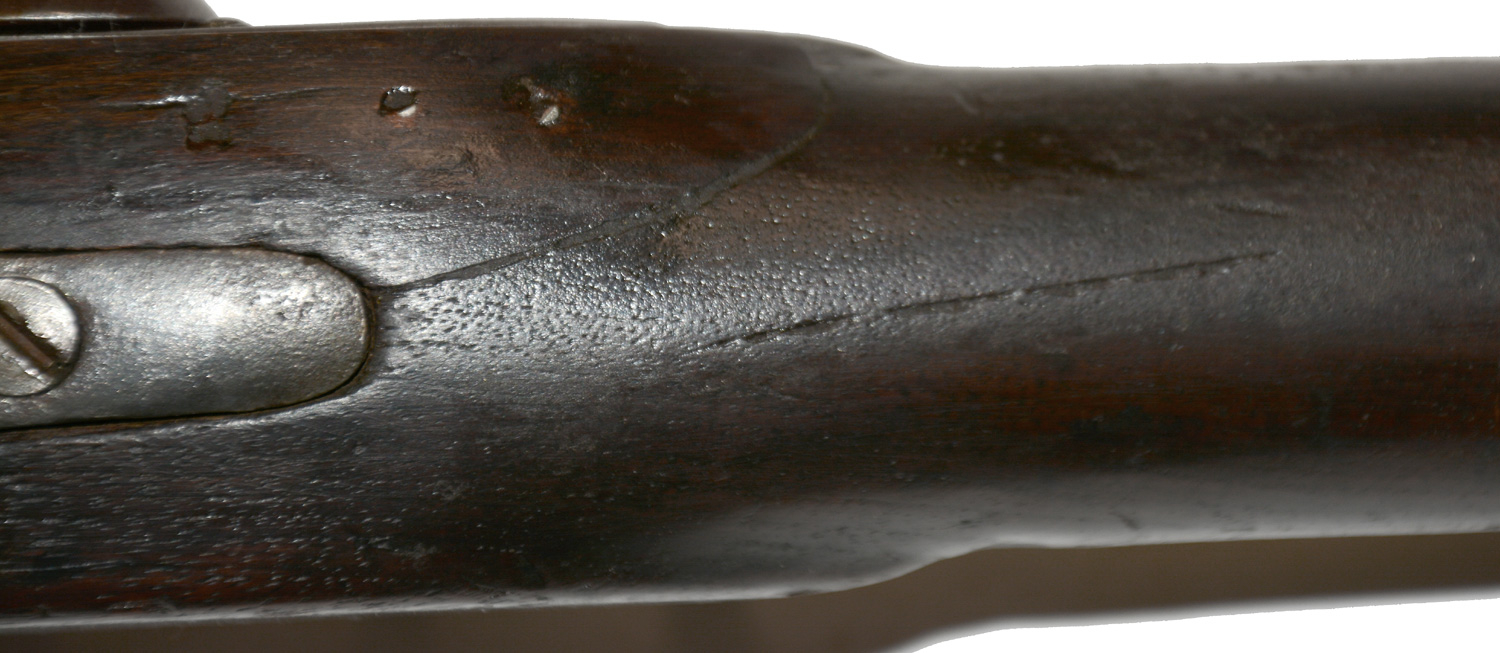
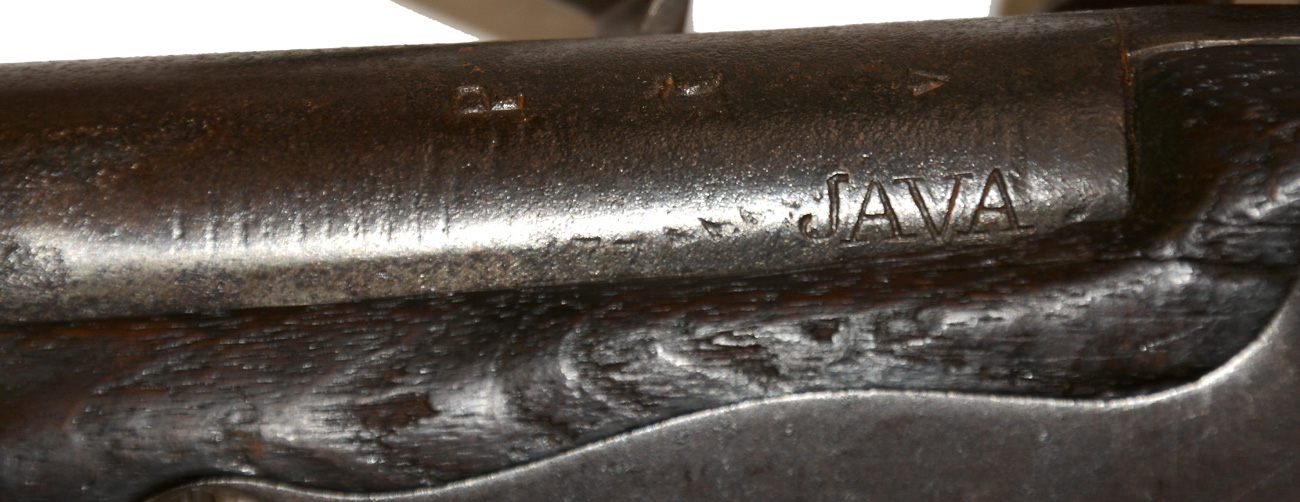
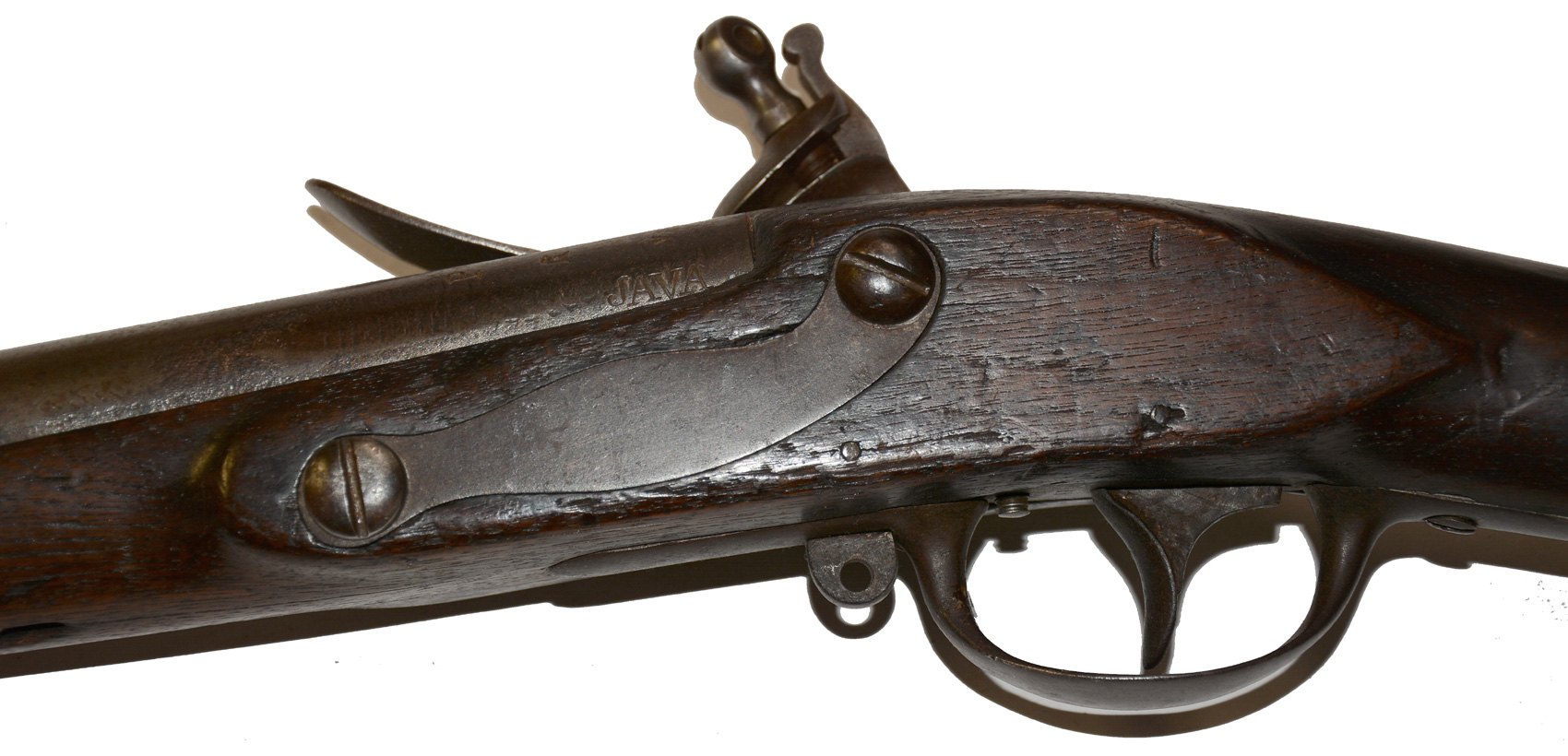
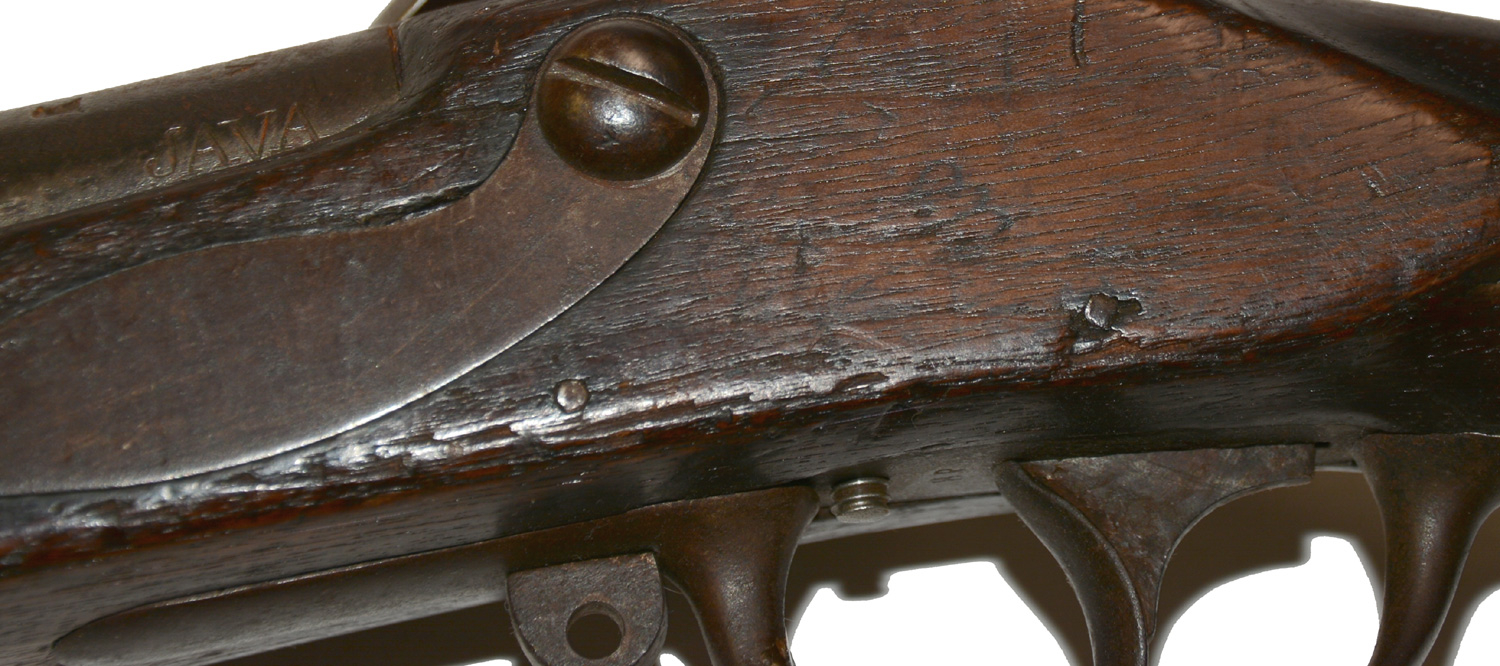
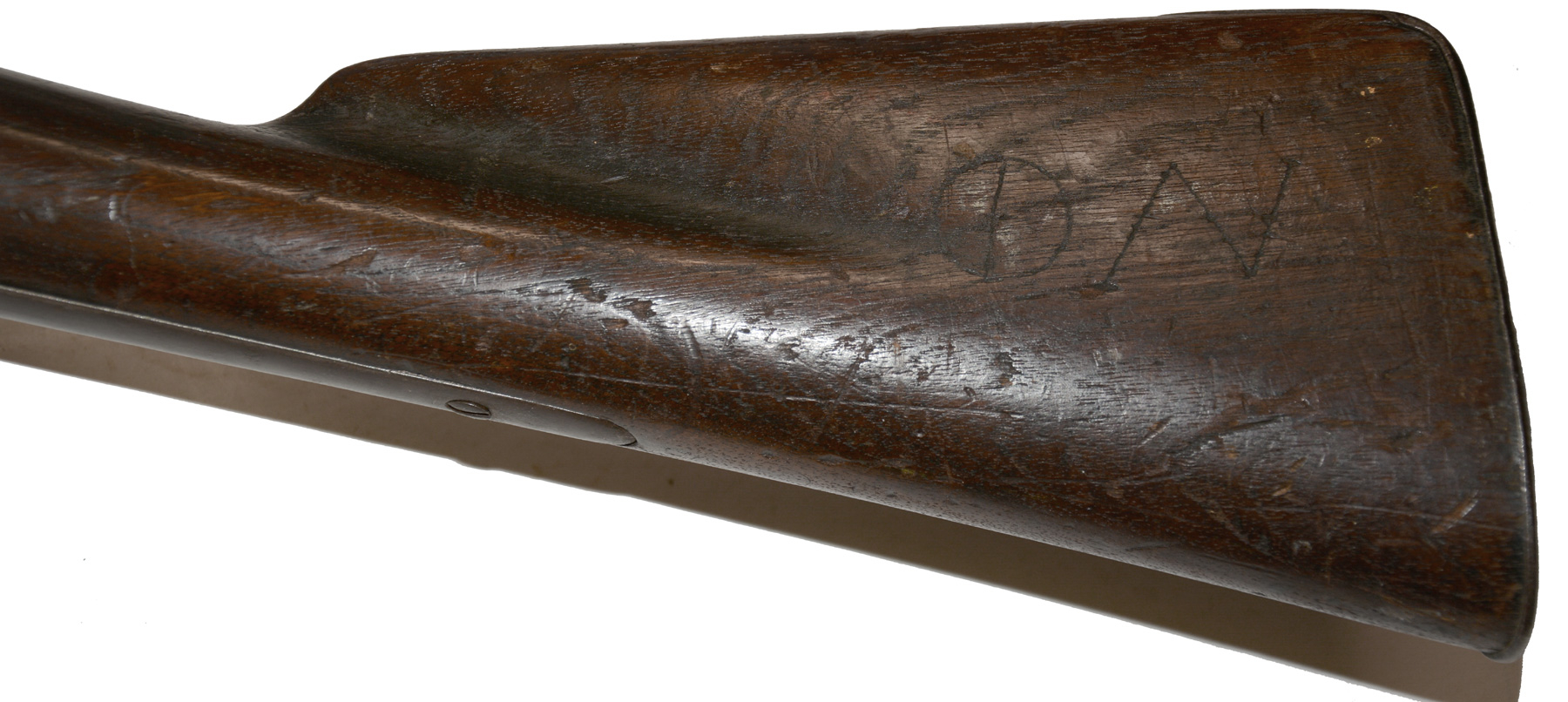
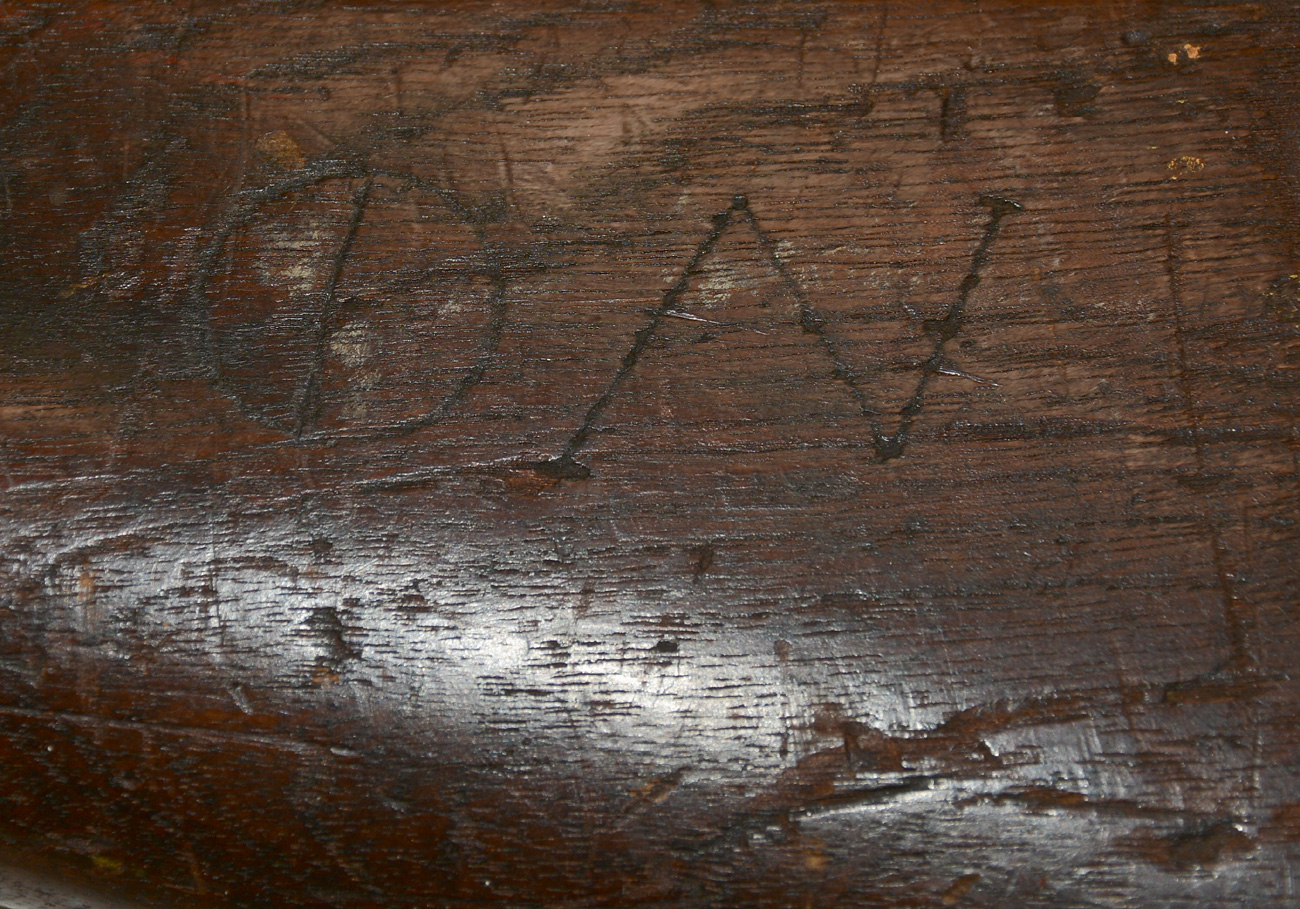
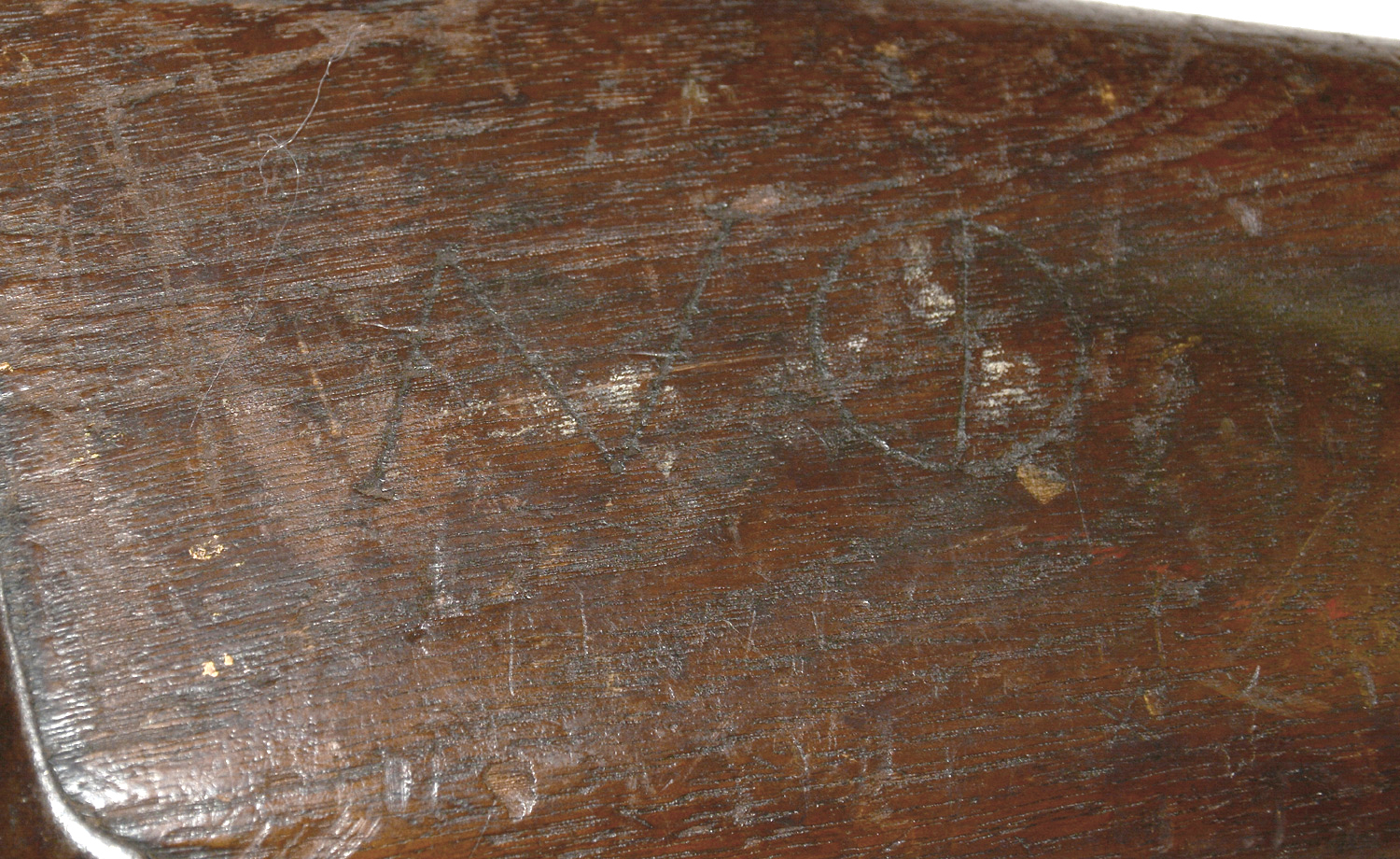


$2,900.00 SOLD
Quantity Available: None
Item Code: 1037-06
This 1795 pattern musket is a Springfield ship’s musket made at the armory using barrel too short for army regulation patterns, but otherwise serviceable. These are distinct from older rebuilt or repaired muskets sometimes designated for the navy, but were instead completed into muskets with the modifications current to the pattern of 1795 at the time of production, the only difference being a barrel three inches shorter than the nominal 45-inch barrels of the standard pattern. Gilkerson, v.2 p.209, illustrates an 1812 dated example and Moller, v.2, gives details as well. This has a 41 ½ inch barrel and is dated 1810 on the lock and butt plate tang. It correctly follows the Model 1795 Type III Springfield produced at that date, which used a forged iron flashpan integral to the lock plate and rounded ends to the triggerguard tangs. In this case the lock is an expertly done reconversion, erring perhaps only in the finial of the frizzen spring, but the triggerguard tangs and other elements are of the original and correct configuration. As a bonus, the musket is stamped “JAVA” on the left breech, indicating issue to that USS Java in 1815, but with possible earlier issue and use on other navy vessels in the War of 1812.
The metal components are very good. The front sight, bands, rod, and springs are all in place. The sling swivels are gone, but the lugs for both are present, included the rear, which is separate from the triggerbow. The barrel is largely smooth back to the breach area with a mix of gray and brown. From the front edge of the lockplate it shows light peppering that deepens around the top breech and onto the breachplug tang. The bands, triggerguard, and buttplate match the barrel, maybe just a tad darker. The lockplate is the original one to the musket and matches with a mix of gray and brown forward of the hammer and more bluish gray to the rear. It shows pitting on the upper mid-section, which corresponds to the corrosion along the top of the breech and breechplug tang.
The markings in the metal are good. The US at top barrel breech is faint but present. The P/[eagle head]/V barrel proofs on the left breach are very good. The buttplate tang is dated 1810. The matching lock date is sharp as well. Forward of the hammer the script US is not visible, but the lower portion of the eagle and “SPRINGFIELD” in a curved line is.
The wood is good, has a pleasing medium brown tone, but shows honest use and wear. Most edges show rounding from handling, though the rear edge of the side flat is good and the fit to the metal is generally tight. The forestock shows only two significant dings along the upper right edge between the lower bands and one on the left between the upper bands, but with a chip out on the lower left between the upper bands. The buttstock shows light handling marks and scratches, and a set of lightly carved initials on the left flat, what seems to be a slanted “N” and an “O,” though the first letter may also be an incomplete combination of strokes. The wrist shows an old repair above the rear of the lockplate, where a piece broke out and was put back with glue and two small nails. This left a slight gap on the upper rear of the lockplate with a line visible curving up to the rear of the breechplug tang, but the wood is stable. The belly of the forestock shows a narrow gap exposing the ramrod channel where the end of the ramrod has worn through from the inside from repeated drawing and replacing during loading. We would leave it as is: a sign of long service life that matches well with the evidence of firing on the breach and upper lock plate.
Moller notes that 1,673 of these muskets were at Springfield in November 1810 and most remained there until April 1813 at least. Details of issue from this stock are not known, but the navy was undergoing a rapid expansion and needed muskets for a host of vessels, not only aboard ocean-going ships, but gunboats and others, and also for issue to Marine contingents, who preferred the larger caliber and even shorter barrelled British India pattern musket, but are known to have drawn ship muskets on at least one occasion in September 1813 as the next-best thing (Gilkerson 214.)
Some of the service history of the musket is indicated by the period stamp “JAVA” along the lower left breech just above the wood, indicating issue to the USS Java, a 44-gun frigate launched at Baltimore in 1815 and named after the British ship captured in December 1812 by the USS Constitution, but which sank from battle damage shortly after. Naming a new vessel after the former defeated adversary was likely the next best thing to being able to show off the actual captured vessel under American colors.
Under the command of Oliver Hazard Perry, the USS Java sailed for the Mediterranean in January 1816 and paid visits to Algiers, Tripoli, and Tunis in a show of force to encourage observation of the treaty ending the Second Barbary War of 1815, along with visits to Syracuse, Messina, Palermo, Gibraltar, and Naples. It returned to the U.S. in 1817, and was deployed to the Mediterranean again in 1827.
This is a nicely identified ship’s musket and a scarce official naval pattern actually predating the War of 1812. It would make a great addition to a Springfield collection, a display relating to the War of 1812, or to the early U.S. sailing navy. [sr] [ph:L]
DISCLAIMER: All firearms are sold as collector's items only - we do not accept responsibility as to the shooting safety or reliability of any antique firearm. All firearms are described as accurately as possible, given the restraints of a catalog listing length. We want satisfied customers & often "under" describe the weapons. Any city or state regulations regarding owning antique firearms are the responsibility of the purchaser. All firearms are "mechanically perfect" unless noted, but again, are NOT warranted as safe to fire.
~~~~~~~~~~~~~~~~~~~~~~~~~~~~~~~~~~~
THIS ITEM, AS WITH ALL OTHER ITEMS AVAILABLE ON OUR WEB SITE,
MAY BE PURCHASED THROUGH OUR LAYAWAY PROGRAM.
FOR OUR POLICIES AND TERMS,
CLICK ON ‘CONTACT US’ AT THE TOP OF ANY PAGE ON THE SITE,
THEN ON ‘LAYAWAY POLICY’.
THANK YOU!
Inquire About 1810 DATED US M1795 SPRINGFIELD SHIP’S MUSKET MARKED TO U.S.S. JAVA
Most Popular
Historical Firearms Stolen From The National Civil War Museum In Harrisburg, Pa »
Theft From Gravesite Of Gen. John Reynolds »
Selection Of Unframed Prints By Don Troiani »
Fine Condition Brass Infantry Bugle Insignia »
Large English Bowie Knife With Sheath 1870’S – 1880’S »
Imported (Clauberg) Us Model 1860 Light Cavalry Officer's Saber »
featured item
CAVALRY OFFICER’S SABRE IDENTIFIED TO CAPTAIN MARCUS A. MOORE, 1ST MASSACHUSETTS CAVALRY
Manufactured: Newark, NJ Maker: Sauerbier, Henry Year: Early Civil War Model: Model 1840 transitional with 1860 style grip Size: 34.2 inch blade, 1.17 wide, .353 thick This sword has all true Type 1 features with the exception of the Model 1860 style… (870-159). Learn More »
site search
Upcoming Events
The shop is currently closed so that we may conduct our annual inventory. We are available by phone… Learn More »


